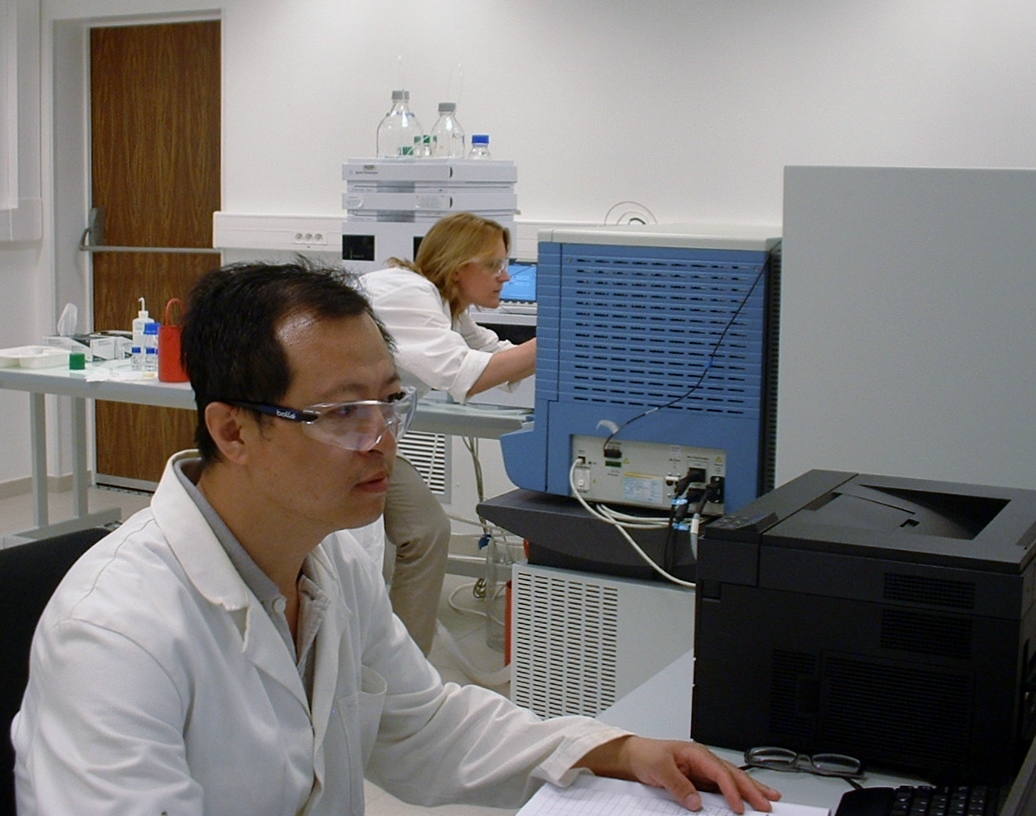Peptides / Proteins
The BIPM coordinates an ongoing series of comparisons to support and benchmark NMI technical capabilities for value assignment of peptide/protein pure material and solution calibrators. It has a dedicated laboratory facility to support these activities, which are essential for realizing traceability and high accuracy biochemical measurements. The comparisons run by the BIPM are an integral component of the CCQM and the Protein Analysis Working Group (CCQM-PAWG) overall strategy to enable NMIs to demonstrate their measurement capabilities in the area of protein analysis, and their basis for metrological traceability.
Contacts
Chemistry Department
Chemistry Department
Active comparisons
Completed comparisons
Technical service - Comparison
Technical service - Comparison
Technical service - Comparison
Technical service - Comparison
Completed pilot studies
The quantification of the primary structure purity of a larger molecule is the first step in establishing a primary calibrator material, where the quantity of interest is the mass fraction of the large molecule.
The purity of peptides can be assessed by use of the mass balance approach. However, the mass balance approach could require unviably large quantities of peptide material. Peptide impurity corrected amino acid (PICAA) analysis is a simpler alternative. It requires quantification of constituent amino acids (AAs) following hydrolysis of the material and correction for AAs originating from impurities. Traceability of the AA analysis results is to pure AA certified reference materials (CRMs). NMI capabilities to determine the purity of the amino acid valine, were recently assessed in the CCQM-K55.c key comparison. In addition, AA analysis and peptide hydrolysis capabilities for the mass concentration assignment of peptide solutions are evaluated in the series of CCQM-P55 comparisons.
The application of other approaches for the assessment of peptide purity that require only minor quantities of peptide material is conceivable, for example elemental analysis (CHN/O) with a correction for nitrogen originating from impurities or quantitative nuclear magnetic resonance (qNMR) with correction for peptide impurities.

The BIPM's high-resolution mass spectrometry facility used for the identification and quantification of peptide impurities in comparison samples
BIPM method development studies for peptide purity comparisons
The BIPM has developed and cross-validated different approaches for the purity value assignment of peptide primary calibrators – for angiotensin I (hypertension biomarker) in collaboration with NIST, and for the more complex human insulin (diabetes biomarker). Good agreement of results was found for both model compounds for the application of different approaches: the full mass balance approach, PICAA, CHN/O and qNMR approaches. Liquid chromatography coupled to (high-resolution) mass spectrometry was found to be a key analytical technique for the characterization of impurities. In addition, the BIPM has value-assigned five AA materials (F, I, L, P and V) for purity by use of the mass balance approach in order to achieve traceable results for the application of the PICAA approach based on LC IDMS.
Model for the classification of peptides for primary structure purity determinations
Publications